Transborder Immigrant Tool Series: If a Western Diamondback Bites You, ‘Borders Be Damned’
The 11th poem in "The Desert Survival Series / La serie de sobrevivencia del desierto" urges those crossing the border to phone for help immediately in life-and-death situations.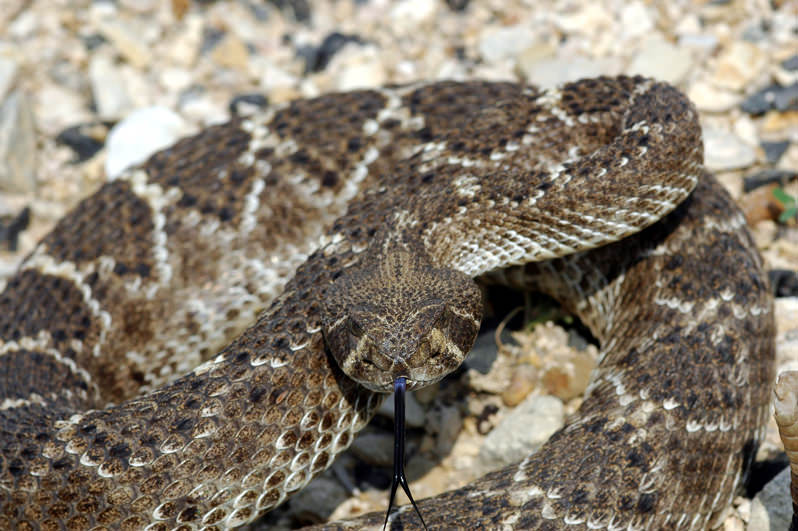 Wikimedia Commons
Wikimedia Commons
The Transborder Immigrant Tool is a GPS cellphone safety-net tool for crossing the Mexico-U.S. border. It was developed by Electronic Disturbance Theater/b.a.n.g. lab in 2007 by artists Micha Cárdenas, Amy Sara Carroll, Ricardo Dominguez, Elle Mehrmand and Brett Stalbaum, in conjunction with CALIT2/Visual Arts Department/University of California, San Diego/Program in American Culture, Latina/o Studies/English Department/University of Michigan, Ann Arbor.
Poet Amy Sara Carroll wrote a series of 24 poems titled “The Desert Survival Series / La serie de sobrevivencia del desierto,” which were uploaded onto cellphones equipped with simple compasses and interfaces. Each poem is a form of lyrical advice that provides readers and listeners with tools for every hour of a day spent in the pernicious borderlands between the U.S. and Mexico. Truthdig is publishing these poems in Spanish and English in our Poetry section, accompanied by bilingual audio recordings. To read the first, second, third, fourth, fifth, sixth, seventh, eighth and ninth poems in the series, click on the hyperlinks. For more information on the project, watch the video presentation below.
The 11th poem in “The Desert Survival Series/La serie de sobrevivencia del desierto,” read in English by Sunhay You and Spanish by Natasha Hakimi Zapata.
11.
Western Diamondbacks–light to medium brown (liable to reach a length of two meters)–densely populate North American deserts. Most often found in brushy washes and shady recesses, in the springtime, they emerge from hibernation, blooming like flowers. At this, their venomous peak, they sunbathe, flashing their diamond-shaped patches. Their prey of choice: mice and kangaroo rats. Diamondbacks hold a dubious record–the majority of the continent’s snakebite cases. Listen for their rattle. Look for the shallow circular marks they leave in locations where they’ve coiled up to sleep. Diamondbacks, too, are creatures of habit, returning to rest stops. Poisonous snakes fall into two categories (dependent upon their venom). Diamondbacks pack a hemotoxic punch, albeit not as concentrated as that of some snakes. They make up for this supposed lack in their powerful mode of delivery, injecting large quantities of venom with single surgical strikes. Hemotoxins flood the bloodstream, destroy blood cells, damage tissue, catalyze internal hemorrhaging. Yes, reactions to snakebites vary. But, if you are bit by a diamondback–especially in March or April–within three minutes the area around the wound will redden and swell. And, left untreated, your body will not deviate from a well-rehearsed script: massive swelling and blistering, a steady lowering of blood pressure, headache, severe pain, blood in the urine. Do not block circulation or make incisions to the wound. Do not take painkillers or sedatives. Do not eat. Remove all clothing and jewelry beneath the area. Remain motionless; keep the bite below your heart. Ideally, get someone else to cleanse the wound. And, most importantly–borders be damned–call 9-1-1 or 0-6-6; seek medical attention immediately.
La cascabel diamantada del oeste–color cafe claro a oscuro (capaz de alcanzar una longitud de dos metros)–puebla densamente los desiertos de America del Norte. Se le encuentra con mayor frecuencia en los deslaves de maleza y nichos con sombra, en la primavera, emergen de la hibernación, brotando como las flores. Ahi, en su pico venenoso, toman el sol, destellando sus parches adiamantados. Su presa preferida: los ratones y ratas canguro. La cascabel diamantada tiene un record dudoso–la mayorÃa de los casos de mordedura de serpiente en el continente. Preste atención a su cascabel. Busque las superficiales marcas circulares que dejan en los lugares donde se han enrollado a dormir. Las cascabeles también son criaturas de habito, volviendo a sus lugares de reposo. Las serpientes venenosas se clasifican en dos categorÃas (en relación a su veneno). Las cascabeles diamantadas van cargadas de hemotoxinas, aunque no tan concentradas como el de algunas serpientes. Compensan esta supuesta carencia con su potente modo de entrega, inyectando grandes cantidades de veneno con ataques individuales y quirúrgicos. Las hemotoxinas inundan el torrente sanguÃneo, destruyen las células sanguÃneas, danan tejido, catalizan la hemorragia interna. Si, las reacciones a las picaduras de vÃboras varian. Pero, si usted es mordid@ por una cascabel diamantada–especialmente entre marzo y abril–en tres minutos el area alrededor de la herida se enrojecerá e hinchara. Y, si no se trata, su cuerpo no se desviara de un guión bien ensayado: hinchazón masiva y formación de ampollas, disminución constante de la presión arterial, dolor de cabeza, dolor severo, sangre en la orina. No obstruya la circulación o haga incisiones sobre la herida. No tome analgésicos o sedantes. No coma. Retire la ropa o joyas debajo del area. Permanezca inmóvil, mantenga la mordedura debajo del nivel de su corazón. Lo ideal es que consiga que alguien mas limpie la herida. Y, lo mas importante–malditas fronteras–llame al 9-1-1 o 0-6-6; busque atención medica inmediatamente.
Independent journalism is under threat and overshadowed by heavily funded mainstream media.
You can help level the playing field. Become a member.
Your tax-deductible contribution keeps us digging beneath the headlines to give you thought-provoking, investigative reporting and analysis that unearths what's really happening- without compromise.
Give today to support our courageous, independent journalists.

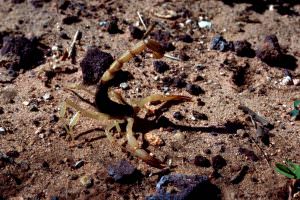
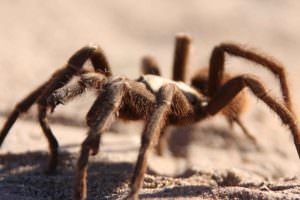
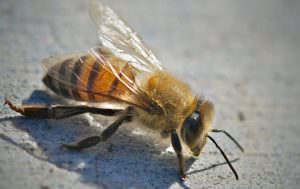


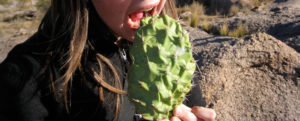


You need to be a supporter to comment.
There are currently no responses to this article.
Be the first to respond.